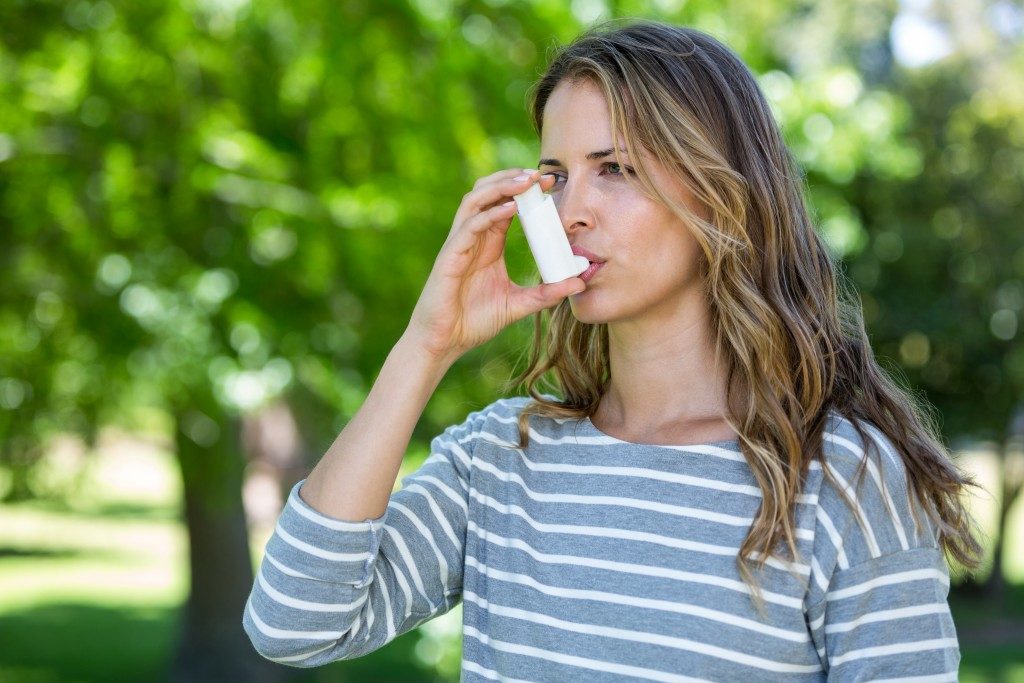Studies have shown that the right physical activities or sports help improve asthma symptoms. Some people, however, get discouraged when they engage in physical activity and then start feeling their symptoms creep in. But selecting a workout plan or sport is vital for asthmatics as the right ones could boost their cardiopulmonary health and make breathing easier for them without aggravating their symptoms. Below are some practical tips to help you enjoy your workout minus the wheezing:
Is Exercise-induced Asthma a Real Thing?
Prior to just taking on a new exercise routine or sport, it is very crucial that you understand what actually happens when you do certain physical activities that trigger your asthma symptoms. For starters, exercise does not cause asthma. But it can trigger symptoms in individuals who already have asthma. When this occurs, what you are really experiencing is the narrowing of your lung airways due to physical activity.
Certain environmental factors such as pollution that you breathe in when exercising outdoors might also be the culprit. Your fitness level is also to blame. One way that a sports physician in Suwanee, Georgia can determine whether physical activity or something else triggers your symptoms, is to check your recovery time following a physical activity. In the event that you recover very slowly, like 30 minutes or more, exercise might be the most viable culprit. But if you recover very quickly, you just might be out of shape.
Your Level of Intensity or Exertion Matters
When selecting a sport or exercise that won’t trigger and worsen your symptoms, it is best to go with low-intensity activities such as swimming and walking. With these activities, you can go slow or fast depending on what you are feeling. You can even try running or other fast-paced activities. Just make sure to start at a slow and easy pace and then increase your intensity and pace as you start getting used to running. To do this safely, the American Council on Exercise (ACE) recommends that you exercise at your lowest target heart rate and always do a warm-up and cool-down to keep your symptoms in check.
Powering Through Environmental Factors

To further reduce the likelihood of experiencing an asthma attack while exercising, you have to adjust your activity no matter what exercise or sport you choose to do. If you are allergic to weeds or pollen for instance, exercise indoors during the allergy season. Same goes for cold weather, opt to work out indoors and breathe through your nose to help warm up and humidify cold air before it goes inside your lungs.
Knowing your triggers and how to better manage your symptoms will result in less exacerbation when you work out. Regardless of your exercise routine, the environmental factors, and the temperature, you should have an action plan in the event that you experience an attack while exercising. For some, a rescue inhaler might be enough to ease their symptoms. Others might need more intensive treatment for more severe symptoms, and they might need to stop exercising.




